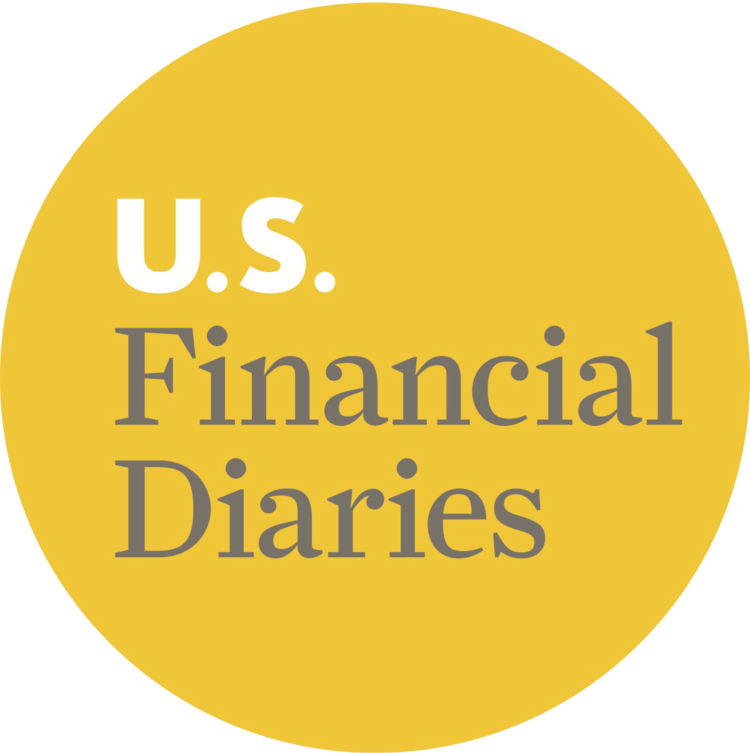People run their financial lives with a variety of tools. The first tools that come to mind are likely to be formal, like checking accounts and credit cards. But households often use informal tools that are harder to see from outside, like short-term loans from friends or relatives. Some people use informal financial services because they lack access—or believe they lack access—to quality products or because they do not trust formal options. It’s tempting to think that these informal tools are last resorts, or second-best solutions, but informal financial mechanisms are often combined with formal tools, and sometimes are preferred.
Among the families in the U.S. Financial Diaries (USFD), for instance, the use of informal loans was as common as the use of alternative financial services (e.g., payday loans, pawn shop loans), though the volumes transacted informally tended to be smaller. The newly published issue brief, An Invisible Finance Sector: How Households Use Financial Tools of Their Own Making, explains what informal finance is and how informal savings and borrowing tools are used; some reasons why people use such informal tools; the benefits, costs and limits of informal finance; and the implications of these findings for financial services providers and policymakers. Below, FAI's Jonathan Morduch and Rachel Schneider of CFSI discuss the new brief:


